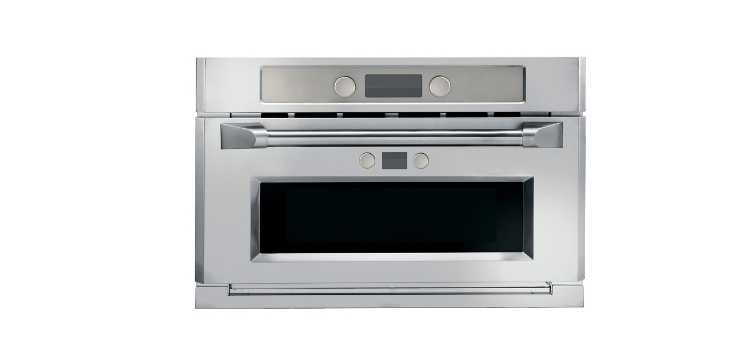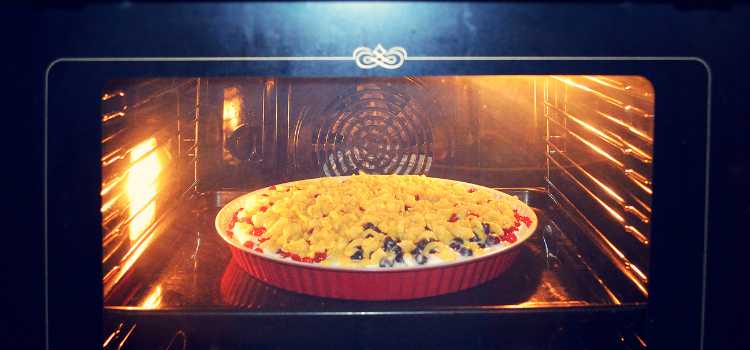As an Amazon Associate, I earn from qualifying purchases

Carbon monoxide is a colorless, odorless gas that is often dubbed the “silent killer” because it’s virtually undetectable without the aid of a detector. It binds with hemoglobin in the blood more effectively than oxygen, preventing adequate oxygenation of tissues and leading to serious health issues or even death.
Given its dangers, understanding how household appliances can contribute to carbon monoxide buildup is essential for maintaining a safe home environment.
Understanding Carbon Monoxide
Carbon monoxide is typically produced through the incomplete combustion of carbon-based fuels. This occurs when there isn’t enough oxygen to allow these fuels to burn completely, resulting in carbon monoxide being released into the air.
Common sources of carbon monoxide include vehicle exhaust, gas stoves, fireplaces, and gas-powered generators. This gas can accumulate in enclosed spaces, posing a significant health risk to inhabitants.
How Ovens Work
To understand the potential for carbon monoxide production, it’s important to know how ovens function. Electric ovens use electrical heating elements to generate heat, converting electrical energy into thermal energy through resistance. These elements are designed to provide consistent and even heating, allowing for precise temperature control without combustion.
In contrast, gas ovens rely on the burning of natural gas or propane to produce heat. This combustion process inherently involves carbon-based fuel, which can result in carbon monoxide production if not properly ventilated.
Do Electric Ovens Produce Carbon Monoxide?
The short answer is no, electric ovens do not produce carbon monoxide. Since they operate using electricity rather than burning fuel, there is no combustion process to produce carbon monoxide. This makes electric ovens inherently safer in terms of carbon monoxide emissions compared to their gas counterparts.
However, it’s important to note that while electric ovens don’t produce carbon monoxide, they still require safe usage practices to prevent other potential hazards, such as electrical fires or burns.
Safety Measures for Using Electric Ovens

Even though electric ovens don’t emit carbon monoxide, safety should never be overlooked. Here are some tips to ensure safe operation:
- Regular Maintenance: Keep your electric oven in good working condition. Periodic checks by a qualified technician can identify potential electrical issues before they become safety hazards.
- Proper Ventilation: Ensure your kitchen is well-ventilated. While electric ovens don’t produce carbon monoxide, they can still generate heat and moisture that need to be vented to maintain a comfortable environment.
- Follow Manufacturer Instructions: Always adhere to the user manual provided by the manufacturer. This includes understanding the specific capabilities and limitations of your oven model.
- Avoid Overloading Electrical Circuits: Make sure your oven is connected to a suitable power source and avoid using extension cords, as this can pose a fire risk.
- Keep the Oven Clean: Regularly clean the oven to prevent the buildup of grease and food residue, which can be a fire hazard.
Comparing Electric and Gas Ovens
When deciding between electric and gas ovens, there are several factors to consider, particularly regarding safety and efficiency.
- Safety: Electric ovens are generally safer in terms of carbon monoxide risk. Gas ovens require proper ventilation to ensure any potential CO emissions are safely dispersed.
- Efficiency: Gas ovens tend to heat up faster and often offer more control over cooking temperatures, making them a favorite among some chefs. Electric ovens, however, provide more even heat distribution, which is beneficial for consistent cooking results.
- Cost: Gas ovens can be more cost-effective in the long run due to lower energy costs, but they require a gas line installation, which can be expensive upfront. Electric ovens are typically easier and less costly to install.
- Environmental Impact: While electric ovens don’t produce carbon monoxide, the source of the electricity can influence their environmental footprint. If the electricity comes from renewable sources, the environmental impact is minimized compared to gas, which is a fossil fuel.
Conclusion
Electric ovens present a safe alternative to gas ovens when it comes to the risk of carbon monoxide production. By understanding the differences in how these appliances operate, homeowners can make informed decisions that align with their safety priorities and culinary needs.
While electric ovens eliminate the worry of carbon monoxide emissions, it’s crucial to follow general appliance safety practices to ensure a safe cooking environment.
FAQ
Can electric stoves give off carbon monoxide?
No, electric stoves do not give off carbon monoxide. They operate using electrical elements instead of burning fuel, which means no combustion process is involved. This makes them a safe option in terms of carbon monoxide emissions, unlike gas stoves that require proper ventilation to avoid CO buildup.
Can leaving an electric oven on cause carbon monoxide poisoning?
Leaving an electric oven on does not cause carbon monoxide poisoning because electric ovens do not produce carbon monoxide. However, it is still a safety hazard due to potential overheating or fire risks. Always ensure appliances are turned off when not in use to prevent accidents.
Is it safe to use an electric oven to heat the house?
No, it is not safe to use an electric oven to heat the house. Ovens are not designed for space heating and can pose fire risks or cause overheating. Additionally, prolonged use for heating can damage the appliance and increase electricity bills. Use appropriate heating devices instead.
How do you know if your oven is giving off carbon monoxide?
Electric ovens do not emit carbon monoxide, so there’s no risk from them. For gas ovens, install a carbon monoxide detector in the kitchen. If you experience symptoms like headache or dizziness while using a gas oven, it might be a sign of CO exposure, and immediate ventilation is necessary.
As an Amazon Associate, I earn from qualifying purchases